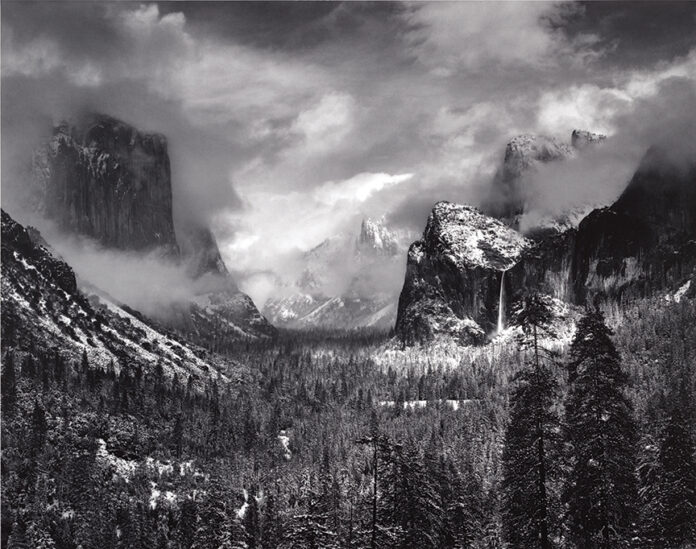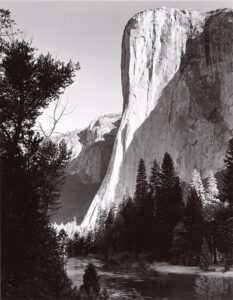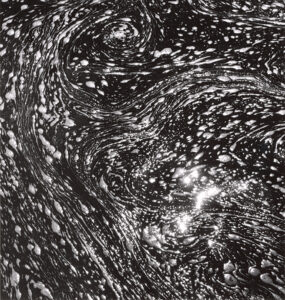
The Figge Art Museum is preparing to present an Ansel Adams exhibit that challenges the oft-quoted claim by America’s most famous and influential landscape photographer that “a photograph is usually looked at — seldom looked into.” The exhibit, which runs at the Davenport museum from June 17 to Aug 17, is titled Portfolio Three: “Ansel […]
Already a subscriber? Log in
Want to Read More?
Get immediate, unlimited access to all subscriber content and much more.
Learn more in our subscriber FAQ.
- Unparalleled business coverage of the Quad Cities
- Immediate access to subscriber-only content on our website.
- 52 issues per year delivered digitally, in print or both.
- Support locally owned and operated journalism.
Do you want to read and share this article without a paywall?
Click here to purchase a paywall bypass linkThe Figge Art Museum is preparing to present an Ansel Adams exhibit that challenges the oft-quoted claim by America’s most famous and influential landscape photographer that “a photograph is usually looked at — seldom looked into.”
The exhibit, which runs at the Davenport museum from June 17 to Aug 17, is titled Portfolio Three: “Ansel Adams, The Sierra Club, and the Making of a Landscape Icon,” and includes a suite of 16 images by the renowned photographer.
Ansel Adams exhibit supporting sponsors are Eddie Brian and Caroline Pasierb. Contributing sponsors are Hunt and Diane Harris, Sears Seating, Carolyn Levine and Leonard Kallio Trust. The media sponsor is the Quad Cities Regional Business Journal.
The photographs were printed in the 1950s and feature works from the 1930s through the 1950s. The pieces — which will be on display at the 225 W. Second Street museum — also are one of several series of photographs that reflect Mr. Adams' love of California's Yosemite National Park and the Sierra Club. The Figge exhibit’s aim is to encourage viewers to not only gaze at the images as Mr. Adams created them, but also to look more deeply into the mission behind them, said Andrew Wallace, the Figge’s director of exhibitions & collections.
Mr. Adams was born in San Francisco before the massive 1906 earthquake. A young Ansel was first introduced to Yosemite in 1916 by his father, who also bought him the small Brownie camera that launched his photography career, Mr. Wallace told the QCBJ. He quickly developed a lifelong love of the park and became devoted to the grassroots Sierra Club, which still has its headquarters in Yosemite.

Ansel Adams 1902-1984: ElCapitan, Sunrise, Yosemite National Park, California, 1956 Collection Center for Creative Photography, University of Arizona. 84.91.234© The Ansel Adams Publishing Rights Trust 
Ansel Adams 1902-1984: Foam, Merced River, Yosemite Valley, California, 1951 Collection Center for Creative Photography, University of Arizona. 77.13.8©, The Ansel Adams Publishing Rights Trust Ansel Adams, 1902-1984


IF YOU GO – Ansel Adams Exhibit
- Location: Figge Art Museum, 225 W. Second St., Davenport.
- Dates: June 17-Aug. 17.
- Hours: Tuesday- Wednesday, 10 a.m.-5 p.m.; Thursday, 10 a.m.-8 p.m.; Friday-Saturday, 10 a.m.-5 p.m.; Sunday, noon to 5 p.m; closed Mondays.
- Tickets: $10 for adults. Tickets can be purchased at figgeartmuseum.org or in person.
- Entrance: Second Street Entrance off the Bechtel Plaza.
- Check in at the Visitors Service desk.




